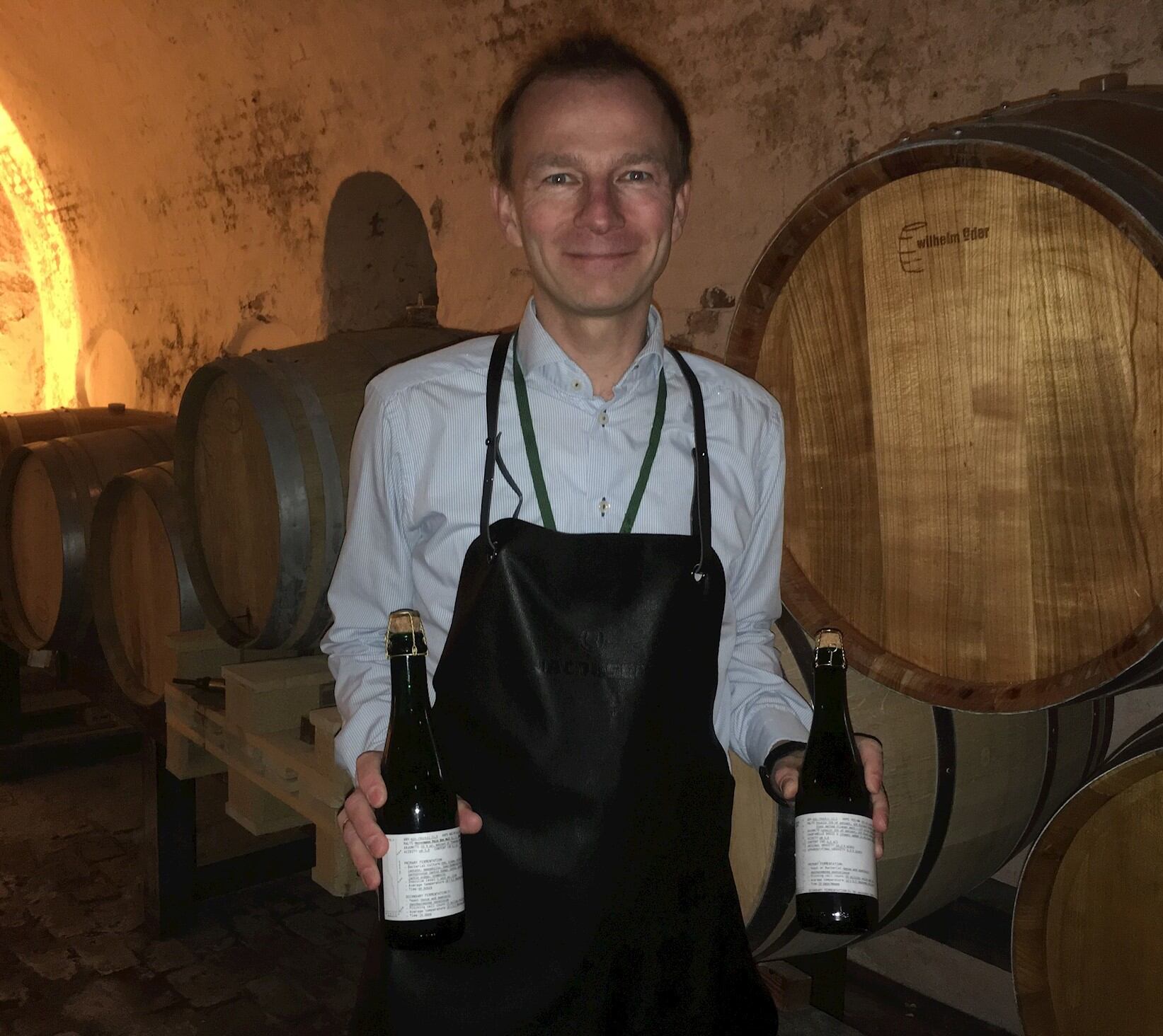While wine has traditionally been the accompaniment for gastronomic dining, Carlsberg’s project is looking at brewing beers of sufficient quality to match Denmark’s elite gastronomy.
The brewer is partnering with researchers from Nordic Food Lab at the University of Copenhagen’s Department of Food Science, an organisation dedicated to exploring ‘food diversity and deliciousness’.
The first beers from the project – which started in 2013 – are now available at the Michelin-starred Ti Trin Ned restaurant in Denmark.
Nordic ingredients and cask-conditioning
Carlsberg’s Jacobsen Brewery is dedicated to creating speciality craft beers, with one of its goals to bring beer back to the dining room table as a complement to food.
Its current project is to establish a series of eminent cask-conditioned Jacobsen beers for Danish restaurants, experimenting with new materials, methods and sensory profiles.
Researchers from the Nordic Food Lab and brewmasters from Carlsberg Research Laboratory have been working together to produce two cask-conditioned beers: Jacobsen Chanterelle Lager and Jacobsen Sour Rye.
Nordic Food Lab contributed gastronomic insight and access to unique Nordic ingredients; Carlsberg researchers carried out test brews, and Jacobsen brewers took charge of cask-conditioning and racking.
Jacobsen Chanterelle Lager and Jacobsen Sour Rye have undergone primary fermentation, cellaring in new casks made of various types of wood beneath the Jacobsen Brewhouse, which dates back to the establishment of Carlsberg in 1847, and a final bottle conditioning in 37.5 cl champagne bottles.
The beers are unfiltered and have natural carbonation with small bubbles similar to Champagne.

Combining science and craft
Morten Ibsen, Jacobsen Brewmaster, said: “The goal was to brew high-end beers from natural ingredients aiming for an ABV of at least 10% to give the beers the best potential for vintage cellaring. Chanterelle Lager, for example, has been sitting in a new mulberry-wood cask to give it a pleasant dryness.”
Michael Bom Frøst, associate professor and director, Nordic Food Lab, believes there are many opportunities to combine science and craft to create new products in the elite category.
“There’s a big difference between making good speciality beer and making eminent beer that has excellent cellaring potential. Our contribution to the project is our unique specialist knowledge of Nordic raw materials and our gastronomic approach to research.”
The Jacobsen Brewhouse currently produces enough beer to serve three to five restaurants, but wants to increase production to offer the cask-conditioned brews to all top Danish restaurants.
Simon Fibiger, Vice President Sales, On Trade, Carlsberg Denmark said: “Chanterelle Lager and Sour Rye have been brewed in extremely small batches of around 500 bottles of each, so this isn’t something that will make us money. We’re doing it to develop the top of the speciality beer category.”
